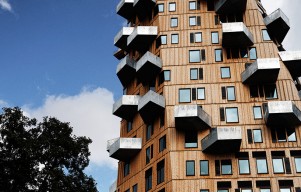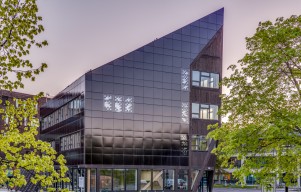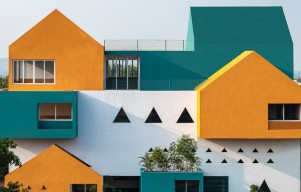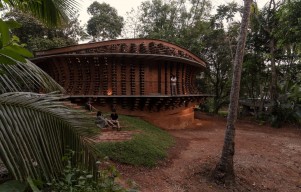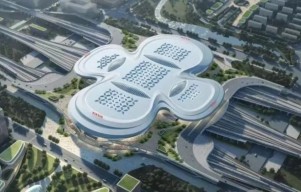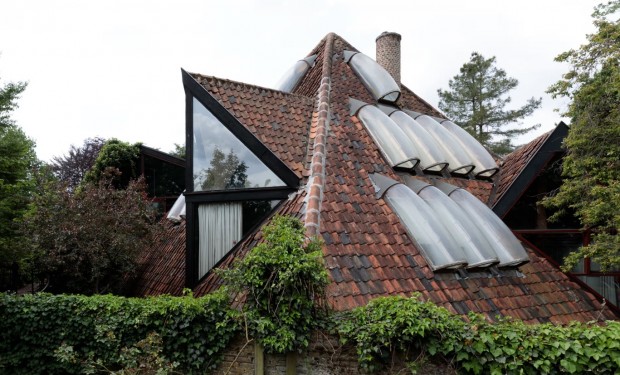
The Maverick Architect and His Riotous Creations
In Architecture, where convention often reigns supreme, Marcel Raymaekers stands out as a maverick, a disruptor of norms, and a champion of the unconventional. Derided by the architectural establishment, Raymaekers carved out his niche by transforming Belgium's landscape with riotous buildings crafted from salvaged materials sourced from ships, planes, slaughterhouses, and condemned manor houses. In doing so, he challenged perceptions, reimagined spaces, and prompted individuals to rethink their lives.
Raymaekers' architectural marvels are a testament to his ingenuity and creativity. His structures are a patchwork of mismatched elements, where gigantic stone porches collide with low-slung cottage-like eaves, and walls of reclaimed bricks meet undulating roofs of mismatched tiles. Staircases salvaged from redundant pulpits spiral up to boudoirs of untold magnificence, where kaleidoscopic mirrored ceilings float above fantastical bathtubs crafted from marble.
In a suburb of Belgium, one can find a house where shimmering skylights, once cockpits of Lockheed fighter jets, illuminate an interior made of tarred timber reclaimed from old boats. In another, an ornate stone bay window salvaged from a Brussels townhouse adorns the facade of an angular modern house like an oversized trophy. These are just glimpses of Raymaekers' magpie creations, where scales and styles collide with anarchic abandon.
Raymaekers' career spanned nearly five decades, during which he built over 100 homes entirely from reclaimed materials. His approach was unconventional; his business model was unique. Clients were enticed by his design services and the promise of a home constructed from salvaged windows, marble floors, and carved stone columns. His showroom, Queen of the South, was a theatrical space where potential customers were enveloped in an atmosphere of wonder and opulence, lured to rethink their aspirations and desires.

The Legacy of Innovation and Sustainability
Born in 1933, Raymaekers distanced himself from the architectural establishment, preferring to chart his course. His journey began in the 1950s when an encounter with a demolition contractor sparked his interest in using salvage as a foil to the generic elements of modern construction. Over time, his work became more exuberant, fueled by richer spoils and wealthier clients.
Raymaekers' creations were not merely exercises in nostalgia or pastiche; they were witty reinventions and radical juxtapositions. His designs embraced imperfections and celebrated awkward junctions, turning them into features rather than flaws. For Raymaekers, the act of giving old materials new life was akin to modernist experimentation.
In today's era of sustainability, Raymaekers' approach holds valuable lessons. While abundant salvage may be gone, the reuse, refurbishment, and upcycling principles remain relevant. Rotor, a design cooperative, advocates for embracing a looser, more collaborative approach to construction that values pre-used components and their patina. By learning from Raymaekers' raucous flair and unbridled delight, architects and builders can pave the way for a more sustainable and culturally meaningful approach to design.
In the end, Raymaekers' legacy transcends the confines of conventional architecture. He was not just a builder of homes but a visionary who dared to challenge norms, reimagine spaces, and provoke thought. In his anarchic creations, he reminds us of the transformative power of imagination, creativity, and the boundless possibilities of reclaimed materials. Anything is possible if sustainable design can be as exhilarating as Raymaekers' work.
Related Article: Incheon University's Revolutionizing Web 3.0 Streaming Architecture Paves the Way for Transparent Digital Transactions
